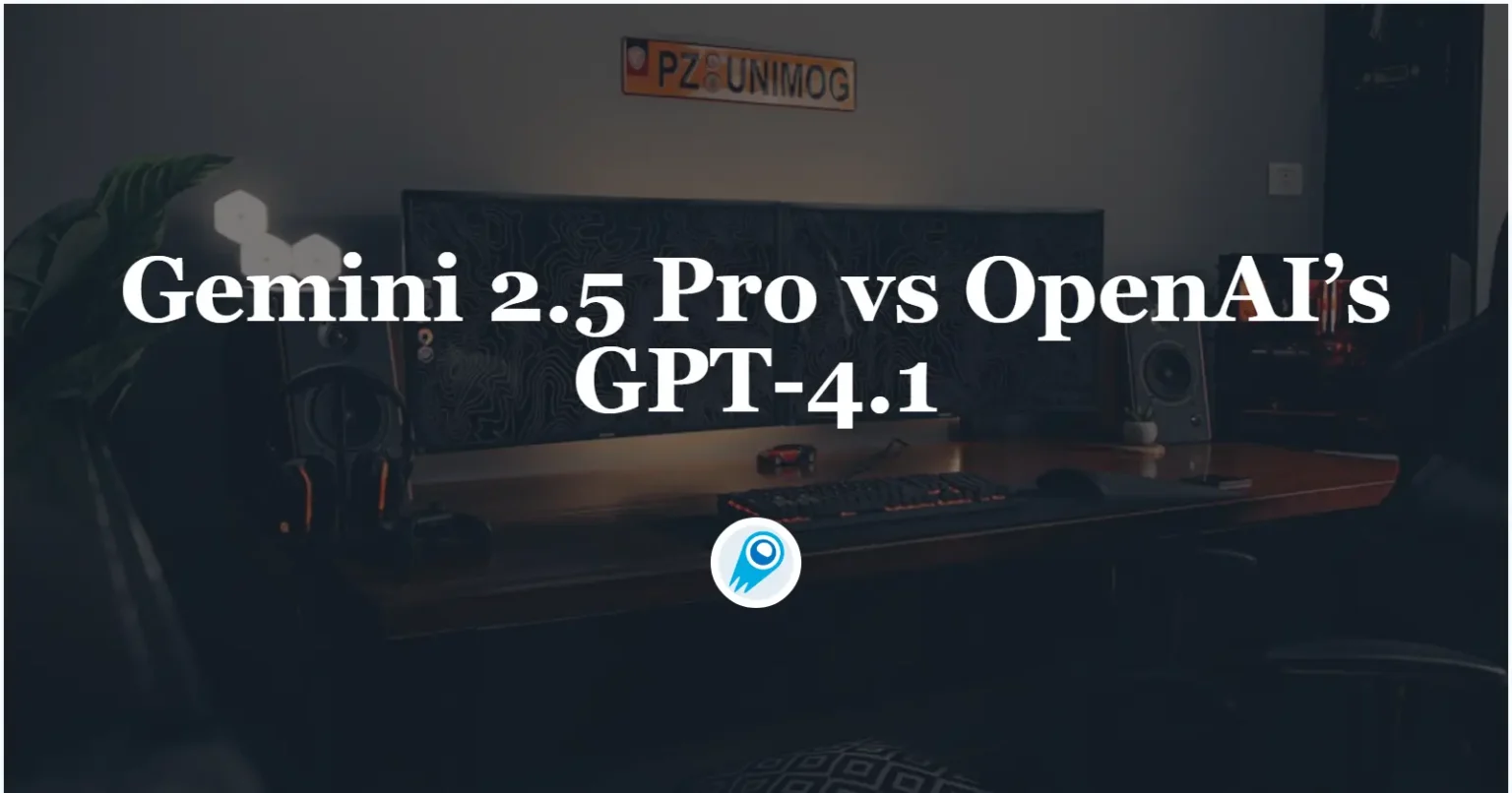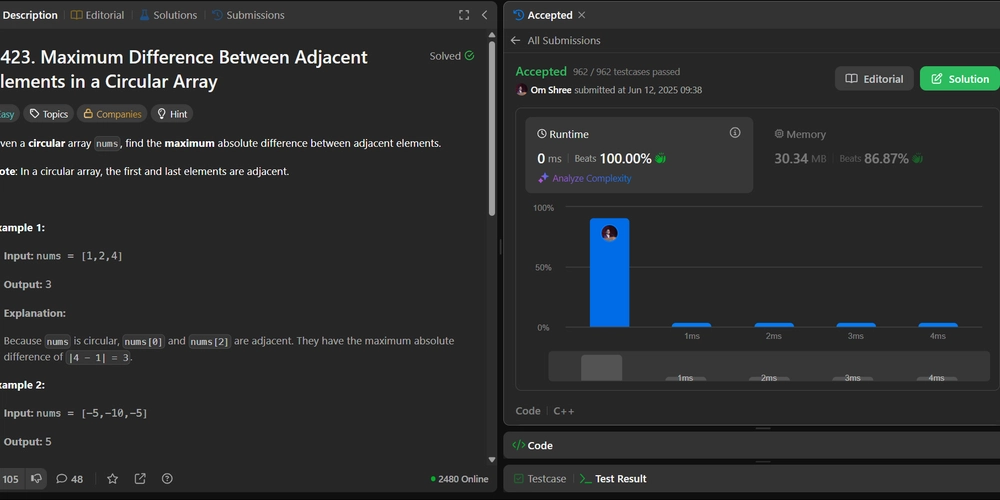Phoenix as an API Powerhouse: Architecting JSON-First Backends for Real-World Frontends
For all its acclaim as a real-time framework, Phoenix’s quieter strength is how elegantly it handles the old-fashioned — building JSON APIs that serve the modern web. While LiveView and WebSockets dominate the conversation, the reality is that most production apps still depend on robust, well-structured HTTP APIs — for mobile clients, SPAs, embedded devices, and third-party integrations. Phoenix doesn’t force a single architectural style. It lets you build real-time WebSocket apps and JSON-first APIs side by side. But building a Phoenix API that scales — one that’s easy to maintain, fast to evolve, and safe to expose — takes intention. Start with the Router Phoenix promotes cohesion. You don’t need a separate app just for APIs. You can define an API pipeline and route precisely: pipeline :api do plug :accepts, ["json"] plug :put_secure_browser_headers end scope "/api/v1", MyAppWeb do pipe_through :api resources "/users", UserController, only: [:index, :show, :create] end Keep it: Stateless Session-free CSRF-disabled Exactly what a public or semi-public API demands. Think in Resources, Not Screens Don’t write controllers that mimic UI screens. Think in business objects: users, posts, orders, payments. Stick with show, create, update, delete where it makes sense. Introduce custom actions when needed — just be consistent. Design your API. Don’t just assemble it. Own Your Serialization Ecto schemas ≠ serializers. Don’t just: Repo.get!(User, id) |> json(conn) Instead, use Phoenix views to shape JSON explicitly: render(conn, "user.json", user: user) Inside the view: def render("user.json", %{user: user}) do %{ id: user.id, name: user.name, email: user.email, inserted_at: user.inserted_at } end ✅ Flatten relationships ✅ Consistently include timestamps ✅ Strip internal metadata Stable, predictable shapes are what your clients want. Validate Like a Pro Changesets aren’t just for DB writes — use them for input validation: def create(conn, %{"user" => user_params}) do case Accounts.create_user(user_params) do {:ok, user} -> conn |> put_status(:created) |> render("user.json", user: user) {:error, %Ecto.Changeset{} = changeset} -> conn |> put_status(:unprocessable_entity) |> render(MyAppWeb.ChangesetView, "error.json", changeset: changeset) end end Build structured error responses that frontends can parse, not raw 422s with cryptic messages. Auth Without the Bloat Phoenix doesn’t force you into sessions or cookies. That’s good. For APIs, token-based auth is the norm: Extract token from the header Validate it in a plug Assign user to conn.assigns plug MyAppWeb.Plugs.Authenticate # In the plug: def call(conn, _opts) do case get_token(conn) |> MyApp.Auth.verify_token() do {:ok, user} -> assign(conn, :current_user, user) :error -> conn |> send_resp(401, "Unauthorized") |> halt() end end Do this once, upstream in your pipeline. Downstream controllers stay clean and focused. Operability Isn’t Optional Rate limiting. Logging. Instrumentation. You can’t operate what you can’t see. Use Telemetry for endpoint timings and response codes Use structured logging: log user_id, request_id, params Logger.metadata(user_id: user.id, request_id: get_req_header(conn, "x-request-id")) Catch failures before your users do. Version from Day One Phoenix won’t force you to version your API. You still should. Use: /api/v1 Not: /api That way, when your data structure inevitably changes, you don’t break old clients. Lean on Context Modules Controllers are not your business layer. Your business logic lives in context modules: Accounts.create_user(params) Payments.approve_invoice(invoice_id) Projects.deactivate(project_id) That keeps your logic reusable — from CLI, background jobs, or LiveView. It also makes your API a clean interface, not the core of your system. Phoenix Performance: Built In Phoenix is: Fast Lightweight Concurrent Easy to scale horizontally When your API gets popular, or your mobile app goes viral — Phoenix holds up. That’s not fluff. That’s confidence. Real-Time + REST, Unified You don’t have to choose between LiveView and APIs. Phoenix lets you: Serve real-time LiveView interfaces Serve mobile apps and external clients from the same codebase Reuse context logic across both It’s not just flexibility — it’s consistency. Think Like a Systems Designer Not just “what controller do I write?” Ask: What contract am I exposing? What expectations am I setting? What happens when those expectations break? The more you think in terms of clear, stable, resilient interfaces, the better your Phoenix API will be. And the easier it becomes for: Frontend teams Integration partners

For all its acclaim as a real-time framework, Phoenix’s quieter strength is how elegantly it handles the old-fashioned — building JSON APIs that serve the modern web.
While LiveView and WebSockets dominate the conversation, the reality is that most production apps still depend on robust, well-structured HTTP APIs — for mobile clients, SPAs, embedded devices, and third-party integrations.
Phoenix doesn’t force a single architectural style. It lets you build real-time WebSocket apps and JSON-first APIs side by side. But building a Phoenix API that scales — one that’s easy to maintain, fast to evolve, and safe to expose — takes intention.
Start with the Router
Phoenix promotes cohesion. You don’t need a separate app just for APIs.
You can define an API pipeline and route precisely:
pipeline :api do
plug :accepts, ["json"]
plug :put_secure_browser_headers
end
scope "/api/v1", MyAppWeb do
pipe_through :api
resources "/users", UserController, only: [:index, :show, :create]
end
Keep it:
- Stateless
- Session-free
- CSRF-disabled
Exactly what a public or semi-public API demands.
Think in Resources, Not Screens
Don’t write controllers that mimic UI screens.
Think in business objects: users, posts, orders, payments.
Stick with show, create, update, delete where it makes sense.
Introduce custom actions when needed — just be consistent.
Design your API. Don’t just assemble it.
Own Your Serialization
Ecto schemas ≠ serializers.
Don’t just:
Repo.get!(User, id) |> json(conn)
Instead, use Phoenix views to shape JSON explicitly:
render(conn, "user.json", user: user)
Inside the view:
def render("user.json", %{user: user}) do
%{
id: user.id,
name: user.name,
email: user.email,
inserted_at: user.inserted_at
}
end
✅ Flatten relationships
✅ Consistently include timestamps
✅ Strip internal metadata
Stable, predictable shapes are what your clients want.
Validate Like a Pro
Changesets aren’t just for DB writes — use them for input validation:
def create(conn, %{"user" => user_params}) do
case Accounts.create_user(user_params) do
{:ok, user} ->
conn
|> put_status(:created)
|> render("user.json", user: user)
{:error, %Ecto.Changeset{} = changeset} ->
conn
|> put_status(:unprocessable_entity)
|> render(MyAppWeb.ChangesetView, "error.json", changeset: changeset)
end
end
Build structured error responses that frontends can parse, not raw 422s with cryptic messages.
Auth Without the Bloat
Phoenix doesn’t force you into sessions or cookies. That’s good.
For APIs, token-based auth is the norm:
- Extract token from the header
- Validate it in a plug
- Assign user to
conn.assigns
plug MyAppWeb.Plugs.Authenticate
# In the plug:
def call(conn, _opts) do
case get_token(conn) |> MyApp.Auth.verify_token() do
{:ok, user} -> assign(conn, :current_user, user)
:error -> conn |> send_resp(401, "Unauthorized") |> halt()
end
end
Do this once, upstream in your pipeline.
Downstream controllers stay clean and focused.
Operability Isn’t Optional
Rate limiting. Logging. Instrumentation.
You can’t operate what you can’t see.
- Use Telemetry for endpoint timings and response codes
- Use structured logging: log
user_id,request_id, params
Logger.metadata(user_id: user.id, request_id: get_req_header(conn, "x-request-id"))
Catch failures before your users do.
Version from Day One
Phoenix won’t force you to version your API. You still should.
Use:
/api/v1
Not:
/api
That way, when your data structure inevitably changes, you don’t break old clients.
Lean on Context Modules
Controllers are not your business layer.
Your business logic lives in context modules:
Accounts.create_user(params)
Payments.approve_invoice(invoice_id)
Projects.deactivate(project_id)
That keeps your logic reusable — from CLI, background jobs, or LiveView.
It also makes your API a clean interface, not the core of your system.
Phoenix Performance: Built In
Phoenix is:
- Fast
- Lightweight
- Concurrent
- Easy to scale horizontally
When your API gets popular, or your mobile app goes viral — Phoenix holds up.
That’s not fluff. That’s confidence.
Real-Time + REST, Unified
You don’t have to choose between LiveView and APIs.
Phoenix lets you:
- Serve real-time LiveView interfaces
- Serve mobile apps and external clients from the same codebase
- Reuse context logic across both
It’s not just flexibility — it’s consistency.
Think Like a Systems Designer
Not just “what controller do I write?”
Ask:
- What contract am I exposing?
- What expectations am I setting?
- What happens when those expectations break?
The more you think in terms of clear, stable, resilient interfaces, the better your Phoenix API will be.
And the easier it becomes for:
- Frontend teams
- Integration partners
- Your future self
To build confidently on top of it.
Want to Go Deeper?
If you're serious about using Phoenix LiveView like a pro, I’ve put together a detailed PDF guide:
Phoenix LiveView: The Pro’s Guide to Scalable Interfaces and UI Patterns
- 20-page deep dive
- Advanced LiveView features
- Architecture tips
- Reusable design patterns
Whether you’re starting fresh or modernizing legacy apps, this guide will help you build confidently and scalably with Phoenix.















































































































































![Top Features of Vision-Based Workplace Safety Tools [2025]](https://static.wixstatic.com/media/379e66_7e75a4bcefe14e4fbc100abdff83bed3~mv2.jpg/v1/fit/w_1000,h_884,al_c,q_80/file.png?#)































![[The AI Show Episode 152]: ChatGPT Connectors, AI-Human Relationships, New AI Job Data, OpenAI Court-Ordered to Keep ChatGPT Logs & WPP’s Large Marketing Model](https://www.marketingaiinstitute.com/hubfs/ep%20152%20cover.png)







































































































































































.jpg?#)











































![MindsEye From Ex-GTA Producer Is A Day-One Car Wreck [Update]](https://i.kinja-img.com/image/upload/c_fill,h_675,pg_1,q_80,w_1200/aa09b256615c422f7d1e1535d023e578.png)






















.png?width=1920&height=1920&fit=bounds&quality=70&format=jpg&auto=webp#)





















































































































![PSA: iOS 26 Spatial Scenes will work on iPhones 12 and up [U]](https://i0.wp.com/9to5mac.com/wp-content/uploads/sites/6/2025/06/spatial-photos-ios26.jpg?resize=1200%2C628&quality=82&strip=all&ssl=1)
![Apple categorically denies Siri vaporware claims, and offers a better explanation [Video]](https://i0.wp.com/9to5mac.com/wp-content/uploads/sites/6/2025/06/Apple-categorically-denies-Siri-vaporware-claims-and-offers-a-better-explanation.jpg?resize=1200%2C628&quality=82&strip=all&ssl=1)
![This new iPad keyboard was purpose-built for versatility and portability – Logitech Flip Folio [Hands-on]](https://i0.wp.com/9to5mac.com/wp-content/uploads/sites/6/2025/06/Logitech-FI.jpg?resize=1200%2C628&quality=82&strip=all&ssl=1)
![Nothing confirms it was almost called ‘Essential’ instead [Video]](https://i0.wp.com/9to5google.com/wp-content/uploads/sites/4/2025/06/nothing-essential-3.png?resize=1200%2C628&quality=82&strip=all&ssl=1)














![Apple Shares Teaser Trailer for 'The Lost Bus' Starring Matthew McConaughey [Video]](https://www.iclarified.com/images/news/97582/97582/97582-640.jpg)



































































